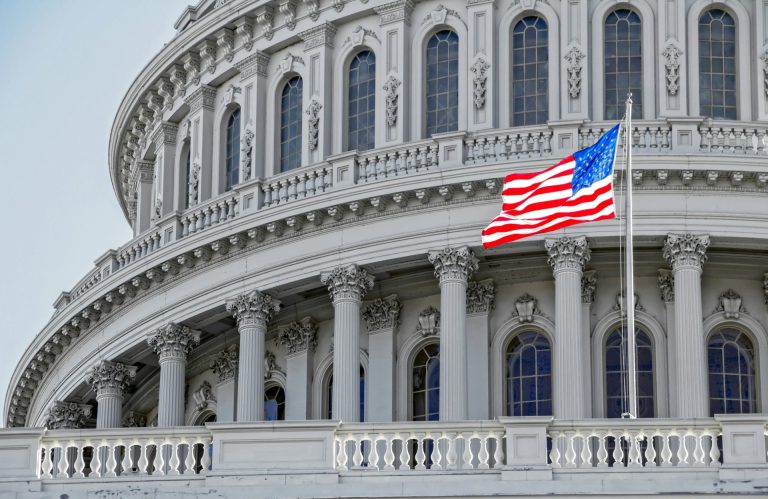Trump presidency has triggered a notable surge in client inquiries at a leading global financial advisory firm. Within the first 50 days of his new term, the firm has seen a 20% rise in interest from new clients.
This increase reflects shifting investor sentiment. Initially, many sought to capitalize on the renewed ‘Trump Trade’ optimism. However, growing concerns over tariffs and potential economic uncertainty have also driven heightened demand for financial guidance.
According to deVere Group, one of the world’s largest independent financial advisory organizations, new client inquiries have jumped by 30% since Trump took office. This surge underscores the influence of political and economic policy shifts on global investment behavior.
“This is a tale of two market reactions,” says deVere CEO Nigel Green.
“Initially, investors were racing to position themselves to benefit from the Trump Trade—a pro-business, pro-market stance that sent stocks soaring. But the sentiment has shifted. The reality of tariffs, trade conflicts, and inflation concerns is causing a flight to expert financial planning.”
The markets have become a barometer of Trump’s unpredictable policy moves.
“His administration’s initial signals of corporate-friendly deregulation and tax cuts propelled equities to new highs. But in the weeks that followed, tensions with China, renewed tariffs on key industries, and aggressive rhetoric toward trade partners introduced instability,” notes Nigel Green.
As a result, the dollar has wobbled, equities have swung violently, and global investors are growing wary.
“The uncertainty is palpable,” continues Green. “Our clients—high-net-worth individuals, expats, and international investors—want to know how to protect their portfolios from sudden shocks. Many are restructuring their holdings, diversifying into non-dollar assets, and increasing exposure to safe-haven investments like gold and select emerging markets.”
Trump’s trade policies, a defining feature of both his presidencies, remain as volatile as ever. From sudden tariff hikes to threats of punitive measures against major economies, his approach is leaving businesses and investors struggling to plan ahead.
“This unpredictability is a double-edged sword,” says Green. “On one hand, there are opportunities in the volatility—currency fluctuations, sectoral shifts, and geopolitical repositioning all create investment openings. But on the other hand, the lack of a consistent trade framework means long-term economic growth could be at risk.
“It’s this dynamic that is prompting a surge in financial planning enquiries.
“Investors who once sought guidance on how to maximize gains during the Trump Trade are now seeking protection strategies. Many are questioning the sustainability of the market rally and whether it’s time to hedge against downside risks.”
This is particularly evident in sectors directly impacted by Trump’s policies.
Tech stocks, which had been key beneficiaries of his first term’s tax cuts, are now facing potential headwinds from regulatory scrutiny and supply chain disruptions.
Meanwhile, manufacturing and agricultural industries, once promised revitalization through protectionist measures, are grappling with retaliatory tariffs that threaten their global competitiveness.
deVere’s advisors are reporting an uptick in demand for strategic wealth management, tax-efficient investment vehicles, and international diversification. The firm notes that more clients are actively repositioning assets, taking a long-term approach to hedge against political and economic unpredictability.
“Trump’s policies are keeping markets on edge, and investors are responding by seeking expert guidance to navigate these choppy waters.
“Whether markets rally or recoil from each new announcement, one thing is certain: investors will keep seeking clarity in an era of uncertainty,” concludes Nigel Green.













 Bitcoin
Bitcoin  Ethereum
Ethereum  Tether
Tether  XRP
XRP  Solana
Solana  USDC
USDC  Cardano
Cardano  TRON
TRON  Lido Staked Ether
Lido Staked Ether  Avalanche
Avalanche  Toncoin
Toncoin